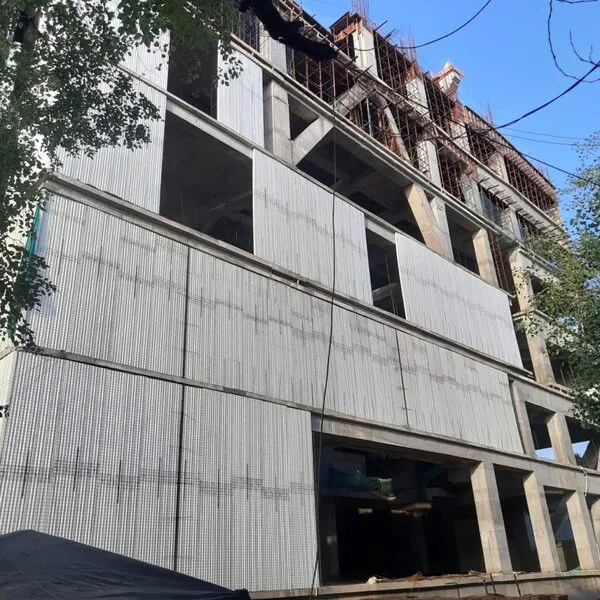In the realm of construction and architectural innovation, materials that offer superior insulation and structural integrity are highly sought after. Reinforced Expanded Polystyrene (EPS) structural panels have emerged as a promising solution, boasting a blend of strength, durability, and exceptional insulation properties. Let’s delve deeper into the science behind these panels and their commendable thermal performance.
Table of Contents
ToggleComposition and Strength of Reinforced EPS Panels
Reinforced EPS structural panel is engineered using expanded polystyrene foam fortified with a reinforcing mesh or laminate. This amalgamation creates a robust composite material that exhibits remarkable strength-to-weight ratio, making it suitable for a wide array of construction applications.
Insulation Capabilities of EPS Panels
Insulation Mechanisms
One of the standout features of EPS panels lies in their insulation capabilities. Expanded Polystyrene, inherently an excellent insulator, traps pockets of air within its cellular structure. These air pockets effectively impede the transfer of heat, serving as a barrier against thermal conductivity. The addition of reinforcement further enhances its structural integrity without compromising its insulation properties.
Thwarting Heat Transfer
The science behind EPS insulation revolves around its ability to minimize heat transfer through three mechanisms: conduction, convection, and radiation. EPS panels excel in thwarting conduction, the transfer of heat through solid materials, due to the air pockets within the foam hindering the movement of thermal energy.
Moreover, the structure of EPS panels inhibits convective heat transfer, where heat moves through fluid or gas. The trapped air pockets act as a barrier to convective currents, significantly reducing the exchange of heat within the material.
Radiant Heat Deflection
Additionally, EPS panels impede radiant heat transfer, which involves the transmission of heat via electromagnetic waves. The reflective surface of certain EPS panels, coupled with the insulation properties of the material, helps deflect radiant heat away from the structure, maintaining a comfortable internal temperature.
Synergy of Strength and Thermal Efficiency
Furthermore, the composite nature of reinforced EPS panels augments their structural capabilities while preserving their thermal efficiency. The reinforcement, often made of materials like fiberglass or carbon fiber, bolsters the strength of the panels, allowing them to bear substantial loads while still offering exceptional insulation.
Practical Applications and Benefits
The thermal performance of these panels translates into tangible benefits for buildings and structures. They contribute to energy efficiency by reducing heating and cooling demands, thereby lowering energy consumption and operational costs. Additionally, their lightweight nature facilitates easier handling and installation, expediting construction processes.
Conclusion: Towards Sustainable Construction
In conclusion, reinforced EPS structural panels epitomize the synergy between innovative materials and scientific principles. Their ability to combine robust structural support with exceptional insulation is underpinned by the physics of heat transfer mechanisms. As the construction industry continues to prioritize sustainability and energy efficiency, these panels stand out as a testament to the advancement of materials that meet both structural and thermal performance requirements.
These panels not only revolutionize construction practices but also pave the way for more eco-friendly and energy-efficient buildings, heralding a future where science and innovation converge to create smarter, sustainable solutions.


